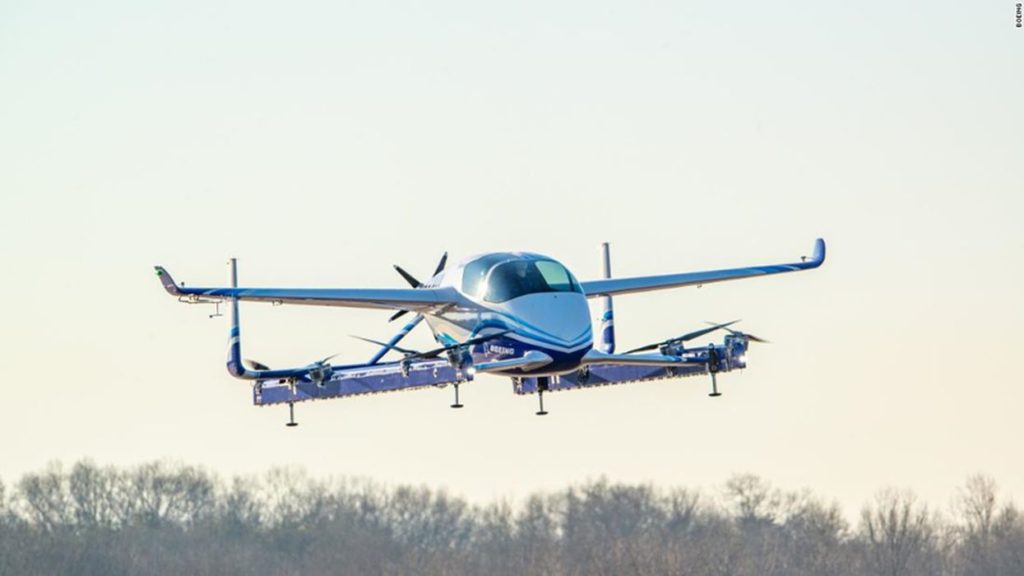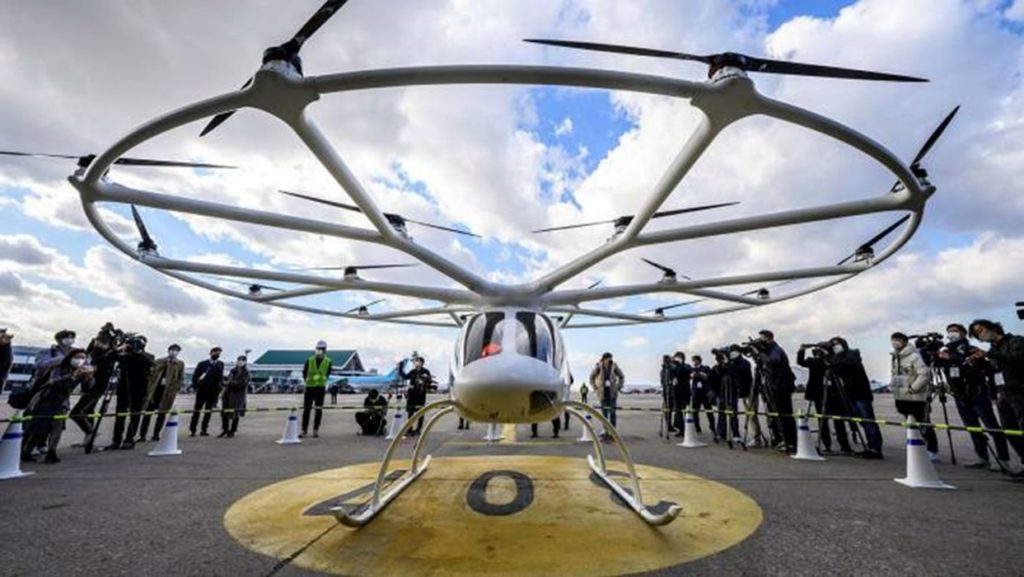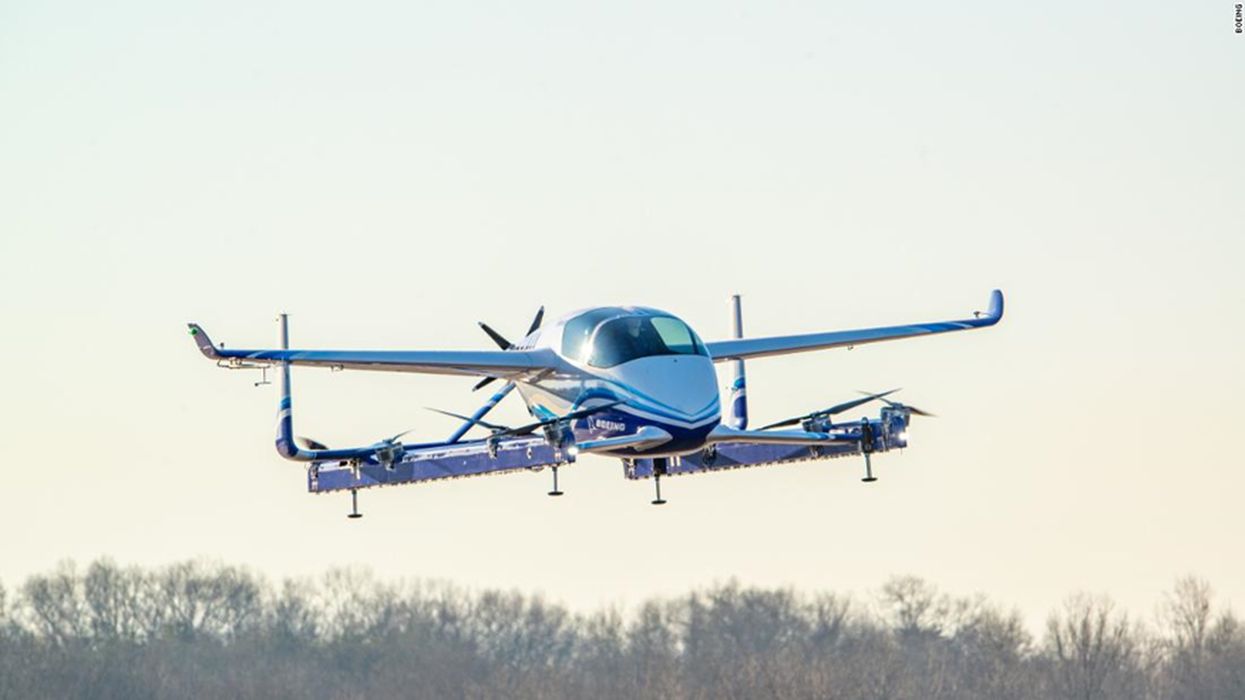
Charles R. Goulding and Preeti Sulibhavi look at the development of “flying cars” and how it could benefit 3D printing.
In a January 25, 2022 New York Times article, it was reported that Boeing added US$450M to invest in Wisk Aero. This development signifies Boeing’s strong belief in autonomous, electrified flight. “With this investment, we are reconfirming our belief in Wisk’s business and the importance of their work in pioneering all-electric, AI-driven, autonomous capability for the aerospace industry,” Marc Allen, Boeing’s chief strategy officer was quoted as saying.
Flying cars, once a sci-fi dream, are now a real possibility. Investors are snapping shares up as more than US$7B has been raised to fund such projects. Team Global, which has backed five start-ups, including Volocopter and China’s AutoFlight, predicts that flying cars can potentially solve many problems for cities, authorities, governments and the environment.
Marc Allen also believes that autonomy is the key “to unlocking scale across all advanced air mobility applications.” This is supported by the fact that despite most startups not yet having a flying prototype for passengers, it has been evolving into one of the most lucrative markets.
Industry competitors, Airbus SE and Embraer SA, are developing similar technologies alongside tech startups that are attracting interest and investment from airlines, private jet outfits and aircraft leasing businesses.

That is not to say that there are no critics of the air taxi investment frenzy. During the past year, shares in many of the startups listed in 2021 have fallen more than 50 percent. Many industry experts believe that the nascent technology is still very new and there may be many unfulfilled promises for those who believe thousands of robotaxis can take to the air in the next few years.
Kittyhawk, an electric aviation startup backed by Google co-founder Larry Page, are investors in Wisk Aero. Kittyhawk has substantial 3D printing involvement. In order to develop its all-electric Vertical Takeoff and Landing (VTOL) aircraft, Kittyhawk is utilizing a 3D printing research group to evaluate and develop 3D printing technology specifically for aerospace applications.
The chief reason for this is to expand the use of 3D printing to develop parts and materials that are stronger, lighter, cheaper and more scalable. The use of robotic arms and novel materials is an integral part of this project.
Robin Riedel, a McKinsey partner, said that after the recent massive influx of capital, he expects companies to now focus on prototype designs and optimizing supply chains.
The 3D printing industry is familiar with autonomous vehicles. We have previously written about Waymo’s driverless car and described how 3D printing can now take advantage of an expanded universe of driverless car market opportunities. Now, add an aerospace dimension with flying taxis to the mix and the opportunities grow exponentially.
The Research & Development Tax Credit
The now permanent Research and Development (R&D) Tax Credit is available for companies developing new or improved products, processes and/or software.
3D printing can help boost a company’s R&D Tax Credits. Wages for technical employees creating, testing, and revising 3D printed prototypes can be included as a percentage of eligible time spent for the R&D Tax Credit. Similarly, when used as a method of improving a process, time spent integrating 3D printing hardware and software counts as an eligible activity. Lastly, when used for modeling and preproduction, the costs of filaments consumed during the development process may also be recovered.
Whether it is used for creating and testing prototypes or for final production, 3D printing is a great indicator that R&D Credit eligible activities are taking place. Companies implementing this technology at any point should consider taking advantage of R&D Tax Credits.
Flying High…
With the emerging technology for flying taxis now being realized, this is the time for 3D printing to take off into this market. We see potential use for 3D printing in designing and fabricating components and accessories.

